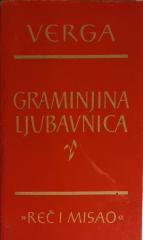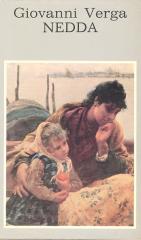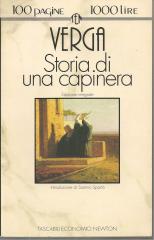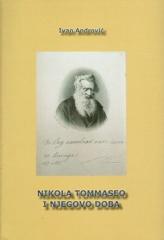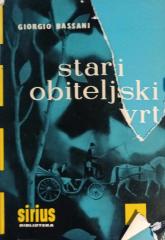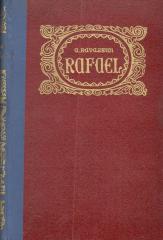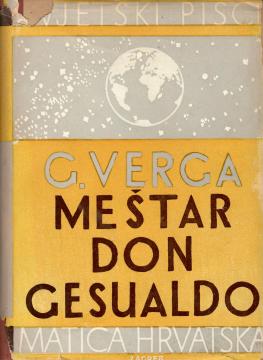
Meštar Don Gesualdo
The novel is an important representative of verismo, Italian realism, and depicts the lives of people from the south of Italy, especially the conflicts between the poor peasantry and the decaying aristocracy.
Gesualdo Motta, nicknamed the Master, is a modest and hardworking stonecutter from a village in Sicily. Through hard work and persistence, he manages to create considerable wealth and becomes a respectable land owner. Although his wealth brings him status, he faces the scorn of those around him because of his "lower roots" and social rise. Despite this, Gesualdo wants to gain the recognition and status that society reluctantly acknowledges.
In order to become accepted among the aristocracy, he marries Bianca Trao, a noblewoman from an impoverished noble family. However, their marriage is not a happy one; Bianca never loves him, and Gesualdo realizes over time that society will never truly accept him. Although he becomes part of the nobility, society still looks down on him and disparages him as a "peasant rich man".
Gesualdo's health deteriorates under the pressure of work and caring for his family, and his relationship with his daughter Isabella also deteriorates. Isabella ends up marrying a nobleman, but even that marriage is not a happy one because her husband spends Gesualdo's wealth without any gratitude or respect. Gesualdo dies abandoned and alienated, aware that his sacrifice and effort were in vain.
The novel "Master Don Gesualdo" depicts the tragic life of a man who, despite his success and wealth, remains a social outsider. Verga criticizes social norms through the character of Gesualdo, pointing out that material success cannot overcome social barriers and human prejudices.
One copy is available
- Damaged book cover
